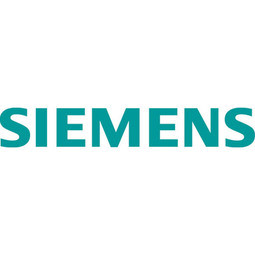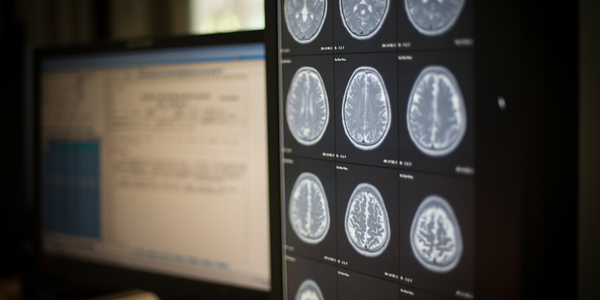Overview
 |
Artificial Intelligence and the implications on Medical ImagingSiemens |

|
Analytics & Modeling - Machine Learning | |
Healthcare & Hospitals | |
Automated Disease Diagnosis | |
Operational Impact
The promise of AI in medical imaging lies not only in higher automation, productivity and standardization, but also in an unprecedented use of quantitative data beyond the limits of human cognition. This will support better, and more personalized, diagnostics and therapies. Today, artificial intelligence already plays an important role in the everyday practice of image acquisition, processing and interpretation. Siemens Healthineers, for example, has developed a pattern recognition algorithm (Automatic Landmarking and Parsing of Human Anatomy, ALPHA) for its 3D diagnostic software “syngo.via,” which automatically detects anatomical structures, independently numbers vertebrae and ribs, and also aids in precisely overlaying different exami- nation dates or even different modalities (AI-based landmark detection and image registration). This considerably helps simplify workflows in diagnostic imaging. The same is true for award- winning algorithms like “CT Bone Reading” for virtual unfolding (2D reformatting) of the rib cage or “eSie Valve” for simultaneous 3D visualization of heart valve anatomy and blood flow (R&D Magazine 2014; R&D 100 Conference 2015). AI applications like these are already an established part of available imaging software. | |
Numerous other applications are in development (Comaniciu et al. 2016) and can be expected from a range of companies in coming years (Signify Research 2017). The corporate research of Siemens Healthineers alone includes 400 patents and patent applications in the field of machine learning, 75 of them in deep learning. No less significant is the availability of comprehensive open-source tools for developing AI applications (Erickson et al. 2017). And many academic research groups are moving clinical implementa- tions of machine methods forward through pilot studies. Realistic scenarios for routine clinical use of AI might include, for example, improved assessments of chest ultrasound images and detection of pulmonary nodes in CT (Cheng et al. 2016), or quantitative analyses of neurological diseases through precise segmentation of brain structures (Akkus et al. 2017). | |
Intelligent algorithms would also benefit cardiac patients undergoing a coronary CT angiogram, since deep learning methods can be used to calculate the calcium score of their vessels at the same time. Until now, an additional CT scan is often performed for this purpose, with added radiation exposure (Wolterink et al. 2016). Last but not least, the use of artificial intelligence offers remarkable prospects for countries with fewer medical resources. A recent study has shown that tuberculosis of the lung can be detected on chest x-rays with 97% sensitivity and 100% specificity, if the images are analyzed by two different deep ANNs, and only those cases in which the algorithms do not concur are then evaluated by a doctor trained in radiology. Such a workflow could have great practical relevance in regions with widespread tuberculosis, but few radiologists on hand (Lakhani & Sundaram 2017). | |
Quantitative Benefit
The acceleration of certain work steps in diagnostic imaging with artificial intelligence already is a reality today. For example, AI algorithms enable automated detection of anatomical structures, intelligent image registration and reformatting. These kind of efficiency gains will become increas- ingly important given the growing demand for diagnostic imaging and rising cost pressure. In the longer term, AI-based image analyses with reproducible characteristic measurements (imaging biomarkers), indices and “lab-like” results will likely prevail, particularly in areas like cardiac imaging that are already quantitatively oriented. This will also favor the (semi-)automated drafting of radiology reports and the transformation of radiology to a data-driven research discipline (“radiomics”). Meanwhile, radiological data sets can not only be analyzed graphically | |
The implementation of AI offers particularly fascinating prospects for personalized diagnostics and treatment. Through interoperable information systems, for example, clinical patient data could be linked with imaging algorithms to pursue individualized scanning strategies. In addition, AI applications would likely enable more precise diagnoses and more meaningful risk scores by gathering together large quantities of information. As a large multicenter study recently showed, for example, the long-term risk of mortality of patients with suspected cardiovascular diseases can be estimated with much greater precision if manifold clinical and CT angiogram parameters are integrated into a personalized prognosis model using machine learning procedures (Motwani et al. 2017). Such AI-based approaches could in future better identify high-risk patients, but also help prevent unnecessary treatments, and thus involve diagnostic radiology more closely in outcome- oriented clinical decisions. | |


